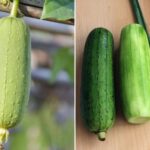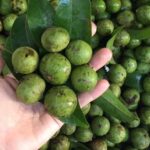## Benefits of Regularly Eating Yardlong Beans
Yardlong beans, a familiar ingredient in every family’s meals, offer an abundance of nutritional benefits. This fruit is exceptionally rich in dietary fiber and protein, as well as essential vitamins and minerals such as folate, copper, thiamine, and iron.
In traditional Chinese medicine, yardlong beans are believed to have a sweet and salty taste, with a neutral nature and no toxicity. They are associated with the Spleen and Kidney meridians and are known for their ability to strengthen the spleen, tonify the kidneys, clear heat and detoxify the body, and benefit the throat. Yardlong beans are commonly used to treat spleen and stomach weakness, abdominal distension, diarrhea, vomiting, diabetes, kidney deficiency with seminal emissions, and frequent urination.
According to *Sức Khỏe & Đời Sống*, this fruit is a source of biochanin A, a plant-based estrogen that plays a crucial role in cancer prevention. Yardlong beans are also gluten-free, making them a suitable alternative for those with gluten allergies.
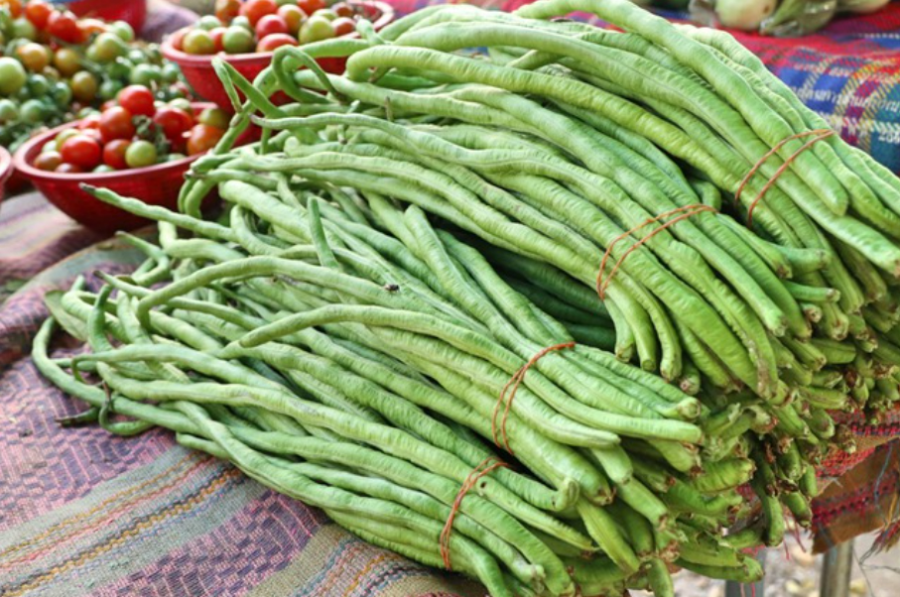
## Traditional Remedies Using Yardlong Beans
– **Back Pain Relief**: Boil 100-120g of yardlong bean pods and drink the water throughout the day.
– **Nutritional Deficiency and Loss of Appetite**: Grind 30g of yardlong bean roots into a fine powder and steam with eggs for daily consumption.
– **Diabetes Support**: Consume 150g of fresh yardlong beans with the pods (or 60g dry beans), boiled, along with the water; once a day.
– **Abdominal Distension and Indigestion**: Use 150g of young yardlong beans with pods, wash, blanch in boiling water, chop finely, and add oil and seasonings to taste. Include this as a side dish during meals.
Alternatively, chew on 20g of young yardlong beans, rinsed and cleaned, in small amounts throughout the day.
– **Seminal Emissions Due to Kidney Deficiency**: Use 100g of fresh yardlong bean seeds (or 30g dry seeds), 100g of rice, and 8g of Chinese dates to cook a porridge. Eat a bowl before each meal.
– **Night Sweats**: Boil 60g of yardlong bean seeds with 30g of rock sugar and drink the water.
## Drying and Cooking Yardlong Beans
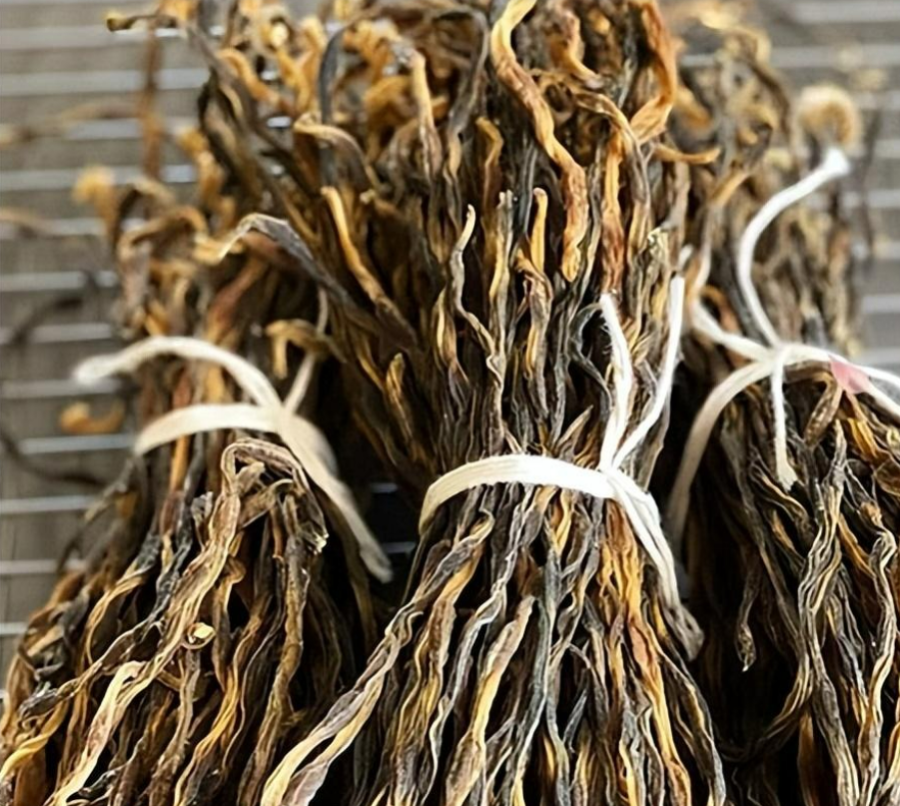
As mentioned in *Dân Việt*, while yardlong beans are a common vegetable, some people may find them monotonous due to limited preparation methods. Here’s a unique way to prepare and cook yardlong beans:
– Purchase yardlong beans from the market or directly from farmers. They are quite affordable this season, so you can buy a large bundle.
– Clean the beans, removing any debris.
– Rinse the beans with clean water.
– Boil water in a pot with a pinch of salt. Blanch the beans for a few seconds until they change color slightly, then remove them from the pot.
– Immerse the blanched beans in cold water to cool them quickly.
– Drain the beans and rinse again with cold water.
– Place the beans on a colander to drain excess water.
– Hang them up to dry in the sun, or lay them out individually under direct sunlight.
– Drying yardlong beans is best done during the summer. Keep an eye on the weather, and bring them indoors if it looks like rain.
– Choose a sunny spot, and be mindful of the weather. If it rains, bring them inside.
– They should be sufficiently dry after 2-3 days of sun exposure.
## Cooking Dried Yardlong Beans with Pork
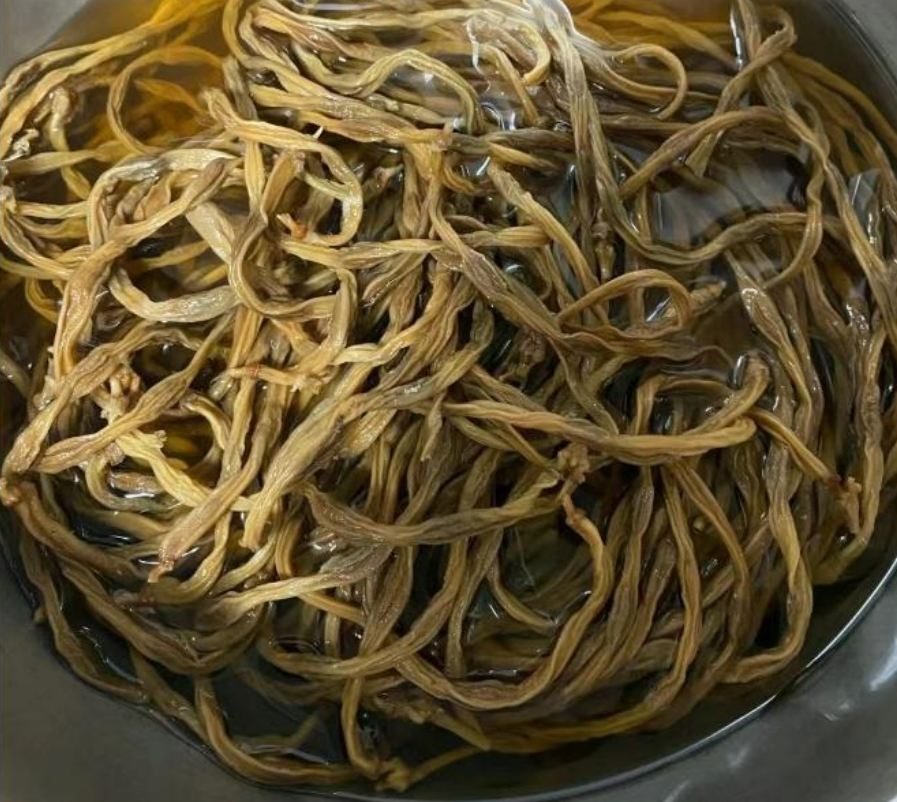
**Ingredients**: Pork belly, dried yardlong beans, ginger, garlic, dried chili.
**Instructions**:
– Soak the dried yardlong beans in warm water.
– Cut the pork belly into pieces and soak them in water to remove excess blood, then rinse and clean.
– Clean and crush the ginger and garlic.
– Rinse and cut the soaked yardlong beans into short lengths.
– Heat oil in a pan and fry the pork belly until golden. This step helps reduce the fat content and prevents greasiness.
– Add the ginger, garlic, light soy sauce, oyster sauce, a little rock sugar, and salt to taste. Sauté until fragrant.
– Pour in an appropriate amount of beer and water, and simmer over low heat.
– Add the yardlong beans and continue cooking over low heat for about 40 minutes.
– Finally, turn up the heat and add some chopped scallions for garnish before serving.
The Savvy Homemaker’s Guide to Choosing the Perfect Green Mangoes
Selecting the perfect sour fruit for your culinary creations is an art. The humble “Sấu” fruit is a beloved delicacy in Vietnam, but choosing the perfect one can be a challenge. The question on everyone’s mind is whether to opt for unripe or ripe fruit. The secret to mastering this culinary conundrum lies in understanding the unique characteristics of this fruit and its diverse applications in Vietnamese cuisine.



























